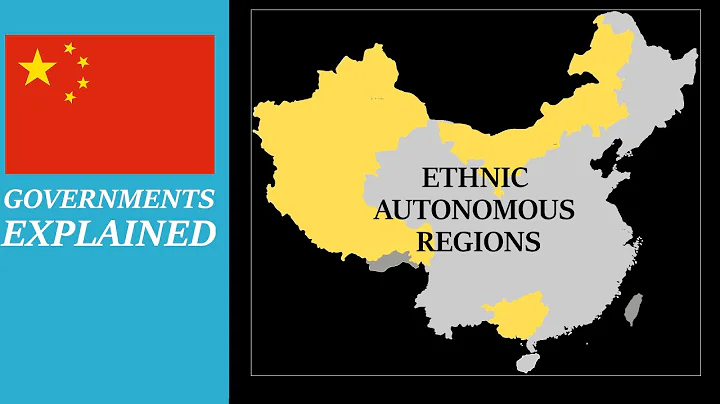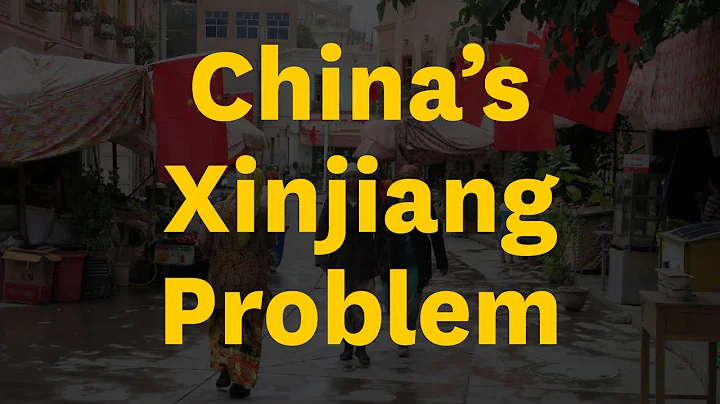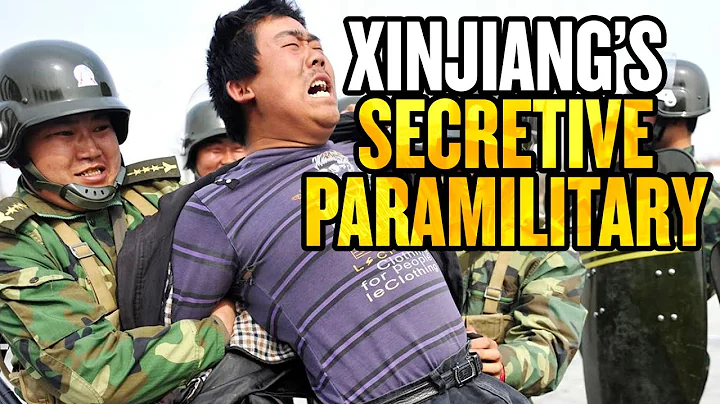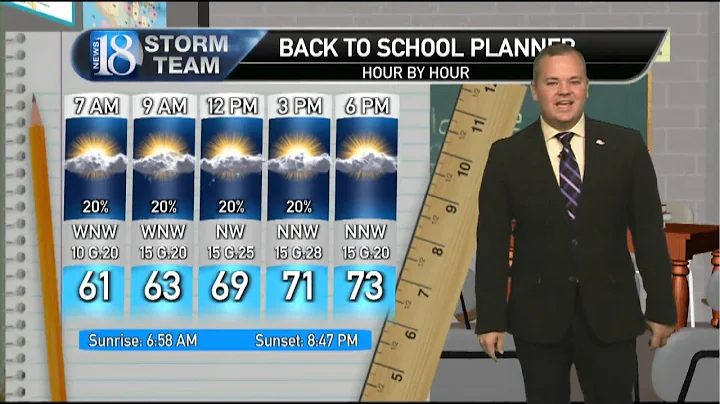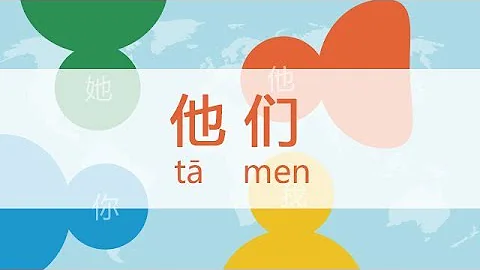The management system follows the military organization and management level of "corps-division-regiment", and also adds the brand of " China New Group Company ", accepting the dual leadership of the central government and the Xinjiang Autonomous Region.

Since the Corps enjoys administrative, judicial, and economic management authority at the provincial level, many friends believe that its administrative specifications are equivalent to those at the provincial level.
But this is wrong. Management authority and administrative specifications are not equal to . The most typical examples are various new zones, high-tech zones, development zones, etc., where economic management authority is very high, but administrative specifications are far from each other.
In fact, the Corps is somewhat similar to a special planned city (a type of sub-provincial city)!
Taking the documents issued by national ministries and commissions as an example, the column " is sent to the agency " will the corps and cities with separate plans, as follows: "Provinces, autonomous regions, and municipalities and have separate plans City, Xinjiang Production and Construction Corps".
At the same time, in relevant reports from the Xinjiang Autonomous Region, the Corps is ranked behind the deputy theater-level Xinjiang Military Region , and before the military-level Armed Police Xinjiang Corps , and is also ranked by the Higher People's Court of the Autonomous Region. , before of Autonomous Region People's Procuratorate.
It can be seen that the administrative specifications of the Corps are roughly equivalent to the deputy provincial level !
In fact, we can also provide evidence based on the cadres at all levels of the Corps:
First, let’s introduce the top leaders of the Corps. The actual top leader of the Xinjiang Corps is Party Committee Secretary and Political Commissar. He is also the Chairman of the Xinjian Group and the second-ranked Deputy Secretary of the Party Committee in the Xinjiang Autonomous Region. He is clearly a provincial-level employee.
However, the personal level of a cadre is not the same as the level of the position itself. The position of political commissar of the Corps is still the deputy provincial level.
's most convincing evidence is: the Corps changed its leadership in May 2010, and the new political commissar was not promoted to provincial-level until September 2010. After that, the high proportion of 's political commissar became the customary , which continues to this day.
Then, let’s introduce another full-time leader of the Corps.
Like military institutions, the Corps also implements a dual-officer system. The other full-time leader is the commander, who is also the deputy secretary of the Party committee and the second-in-command of the Corps. He also serves as the general manager of the Xinjian Group.
At present, the current commander is concurrently held by the deputy chairman of the Xinjiang Autonomous Region Government, who is undoubtedly the deputy provincial level .
Moreover, after the former commander retired to the second line when he reached his age, he was transferred to the vice chairman of the Xinjiang Autonomous Region CPPCC, which is undoubtedly the deputy provincial level.
Third, let’s introduce the deputy leaders of the Corps.
The leadership team of the Corps is the Party Committee Standing Committee of the Corps. In addition to the two principal positions of political commissar and commander, there are also 12 deputies, including 2 deputy secretaries of the Party Committee and 10 members of the Party Committee Standing Committee.
These 12 deputy positions can be divided into three categories:
1. There are 6 of them serving as deputy political commissars of the Corps, including 2 deputy secretaries of the Party Committee and 4 members of the Standing Committee of the Party Committee.
2, there are 4 people who serve as deputy commanders of the Corps, and also serve as deputy general managers of the Xinjian Group.
3. There are two people who have not served as deputy political commissar or deputy commander of the Corps.
Under normal circumstances, deputy political commissar is slightly better than deputy commander, and is much better than Party committee standing committee member who has not served as deputy political commissar or deputy commander.
Among them, deputy political commissar and deputy commander are appointed and removed by the State Council. They are central management cadres, which are higher than the deputy positions in deputy provincial cities and are equivalent to the deputy directors of the deputy ministerial level national bureaus, which are the so-called "central management cadres". Guanzheng department (bureau) level."
And members of the Party Committee Standing Committee who do not serve as deputy political commissars or deputy commanders are not central management cadres, but are managed by the Xinjiang Autonomous Region themselves, which is equivalent to the "provincial management department (bureau) level."
This distinction is somewhat based on military organizations. Take Army Group as an example. The support minister is also a member of the Party Committee Standing Committee, but he is only a division-level colonel, while the deputy political commissar and deputy commander are deputy army-level major generals.
Fourth, let’s introduce the subordinate divisions of the Corps. The Xinjiang Corps has 14 divisions under its jurisdiction, and is a "one set of people and two brands" with the 14 directly governed county-level cities in the Xinjiang Autonomous Region, implementing a "division and city into one" management system.
However, these 14 divisions do not apply the "prefecture-level regulations of county-level cities", but apply "their own division-level regulations ".
First, the full-time of 14 divisions (county-level cities) is full division-level , which is equivalent to the department-level managed by the corps, appointed and dismissed, and will be slightly inferior to the department-level managed by the Xinjiang Autonomous Region (such as Director of the autonomous region, regional administrative commissioner).
Specifically, moving from "the chief division position of the Corps" to "the chief position of the autonomous region" is considered reuse, and the move from "the chief position of the autonomous region" to "the deputy position of the Corps" is also considered reuse.
The deputy positions of the second and 14th divisions (county-level cities) are deputy division level , which is equivalent to deputy department level for Corps management, appointment and removal, is slightly inferior to deputy department level for Xinjiang Autonomous Region management.
3. As for the regiments under the 14 divisions, they are "one set of people and two brands" with the towns under the county-level cities. They implement the management system of "unity of regiments and towns". 's official position is 's official regiment ( Department) level , deputy is deputy regiment (division) level .

Thank you for reading, welcome to like and follow @蛛杰小庄, and let’s talk about the little knowledge in the system.





